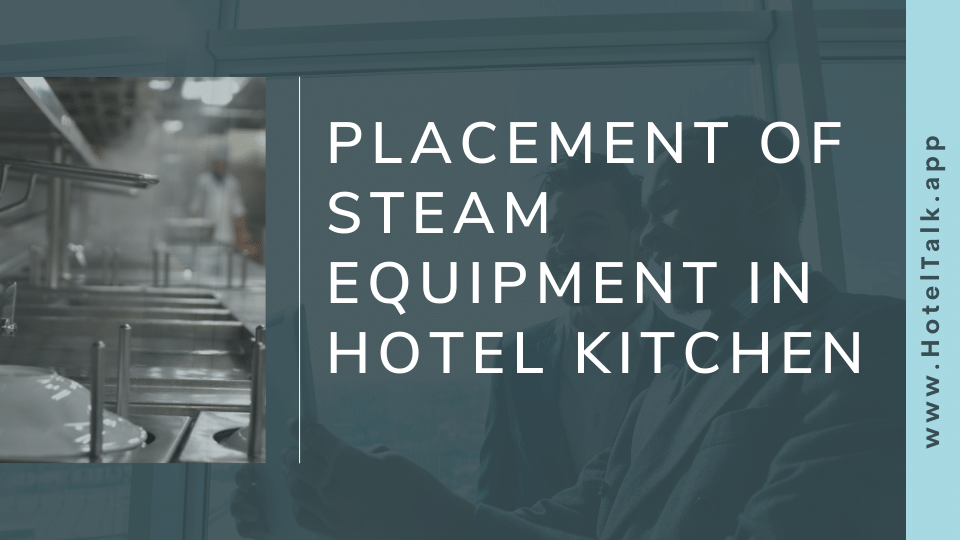The floor space, plumbing connections, and power sources available in your kitchen frequently influence your choice of steam equipment. Here’s a rundown of the seven most important factors to consider when evaluating a potential steam installation site.
- A floor drain is required on most steamers to remove condensate from the cooking compartment and the boiler.
- Determine the water quality and, if necessary, provide for a water softener.
- Floor drains in front of tilting pans and kettles help keep liquids on the kitchen floor contained.
- Sizes of water inlets and drains should be determined by the manufacturer. An air gap between the steam generator and the floor drain is recommended.
- The floor drain should be placed outside the equipment’s perimeter. This prevents the venting steam from rising and condensing on the electrical components of the unit.
- Look at your city or county ordinances for proper ventilation and fire suppression requirements for steam-operated equipment.
- Consider the proximity of electrical power to the equipment. Even if you’re using a gas-fired boiler, you may need electricity to power the appliance itself.
